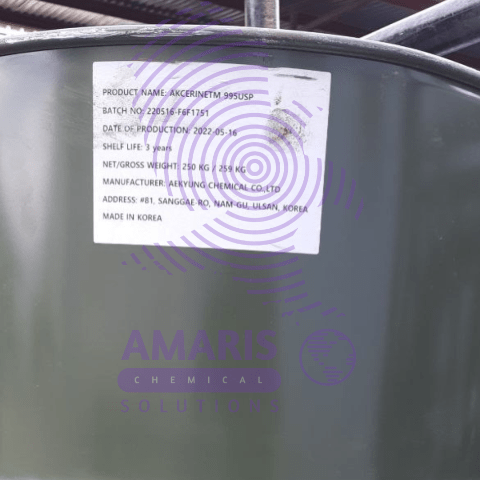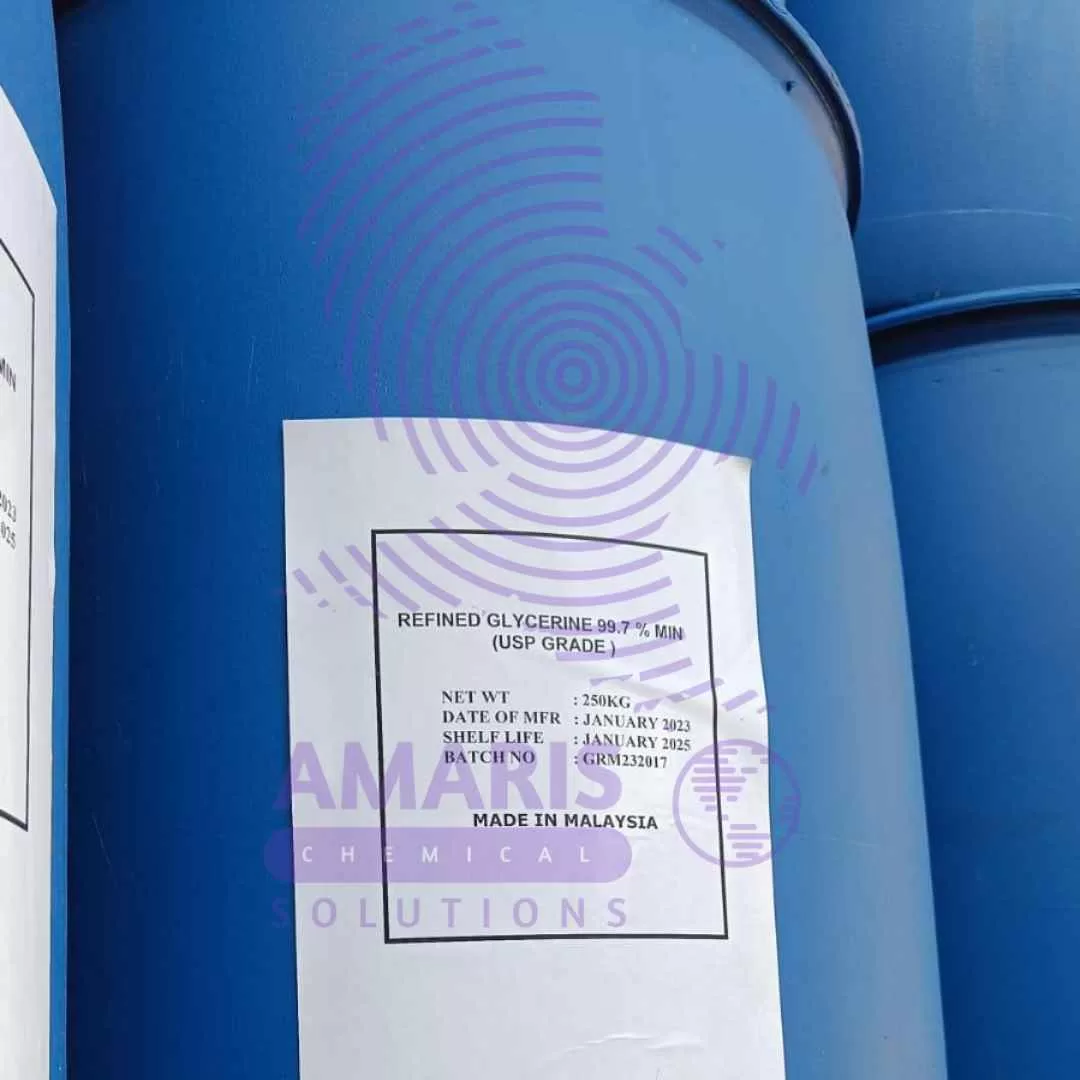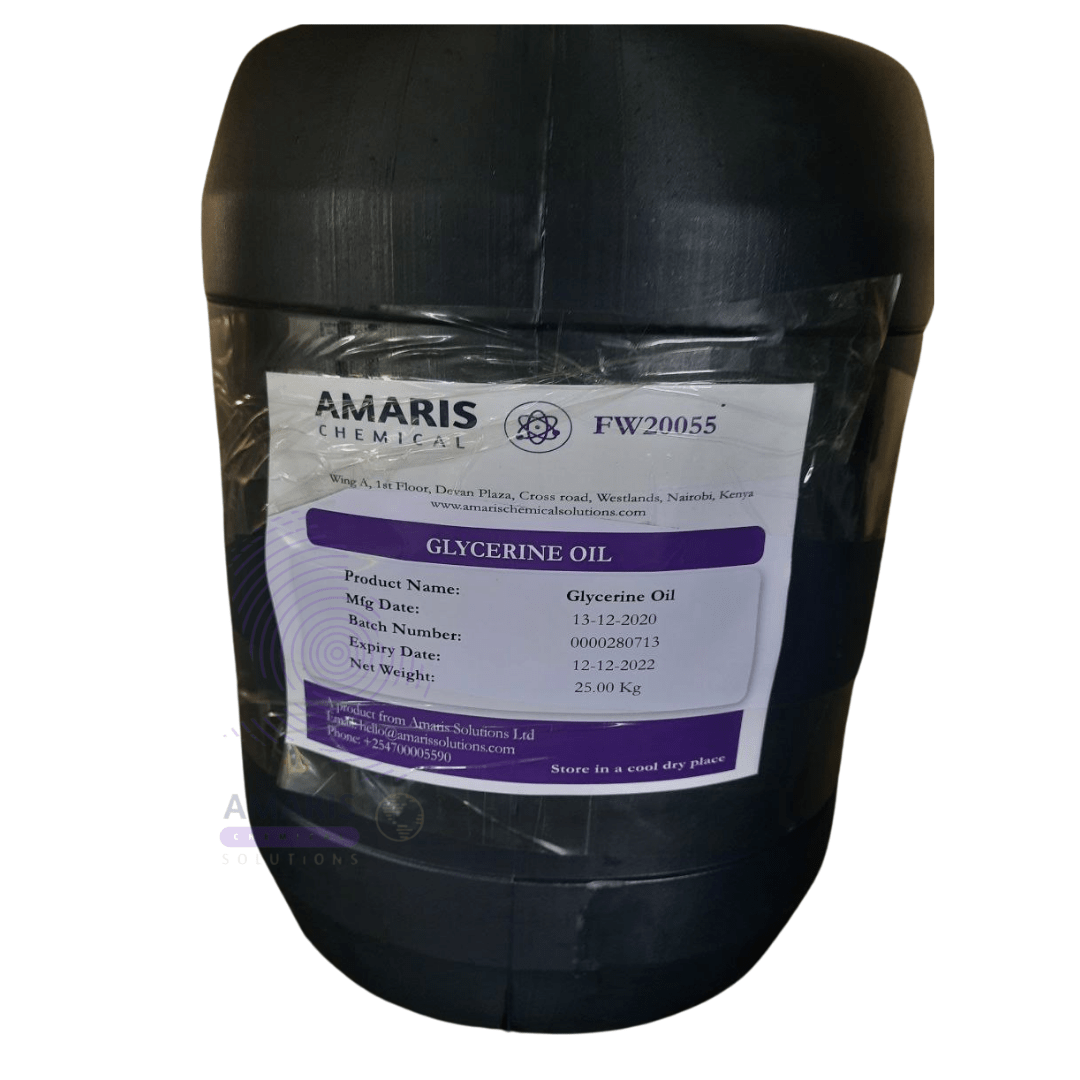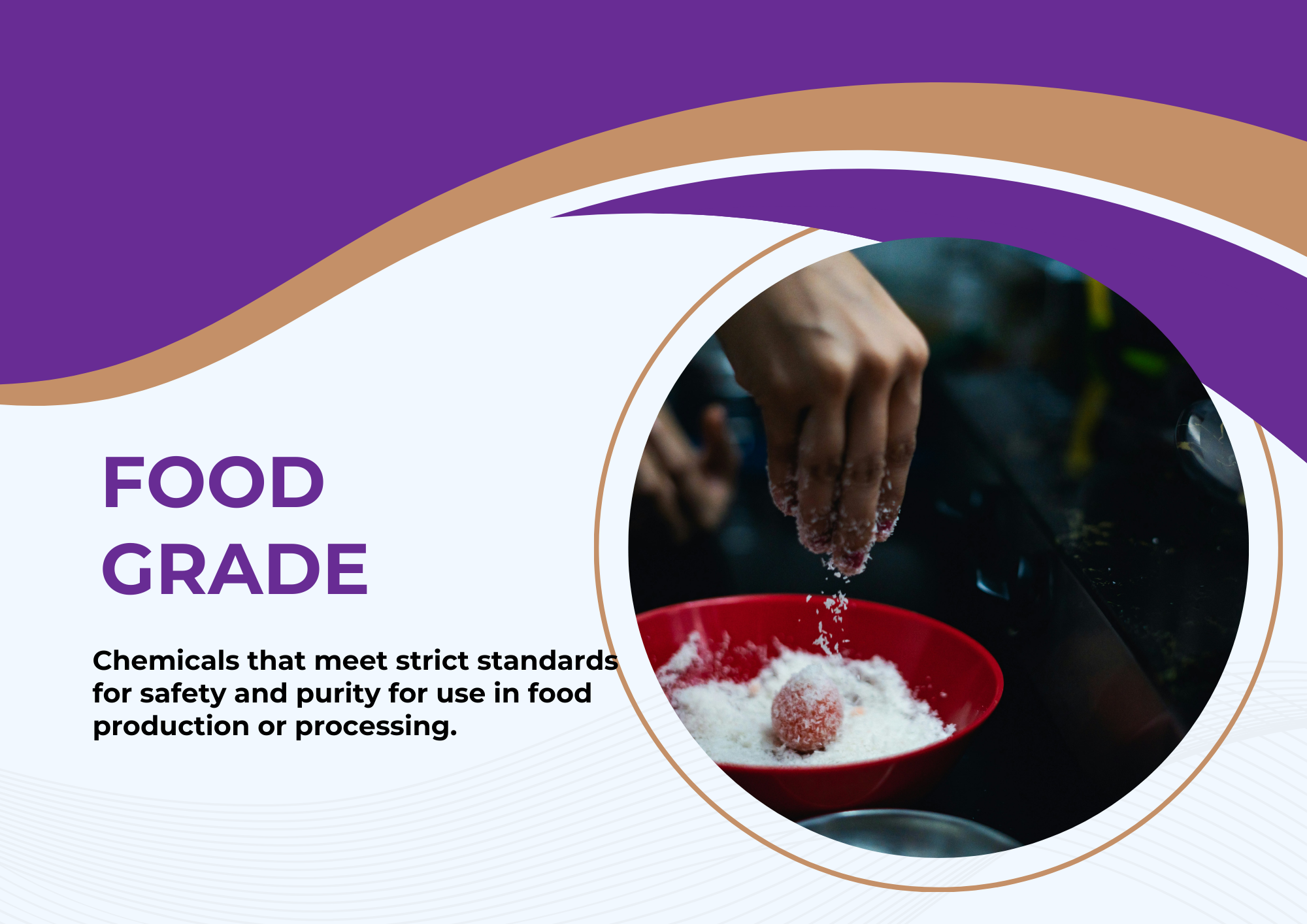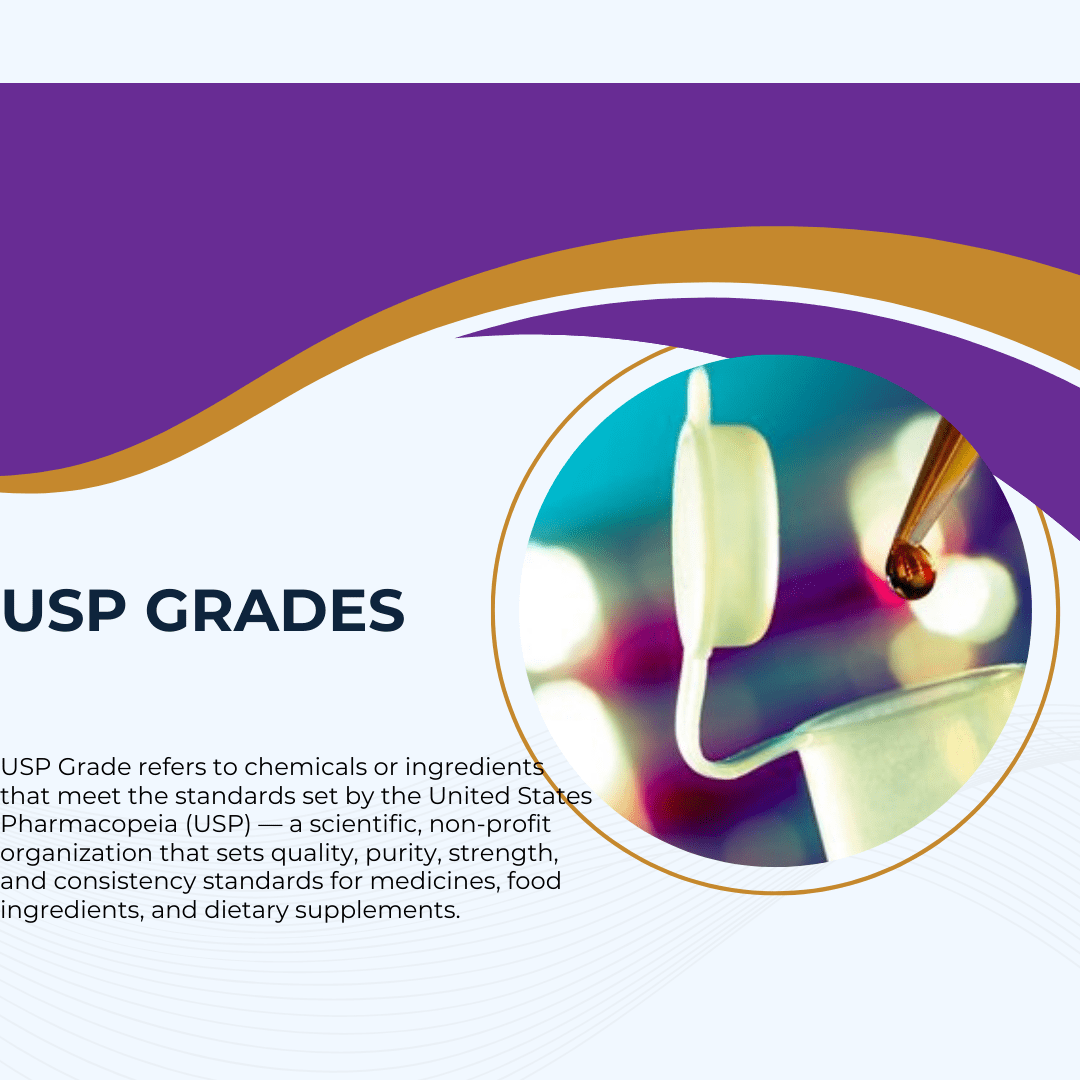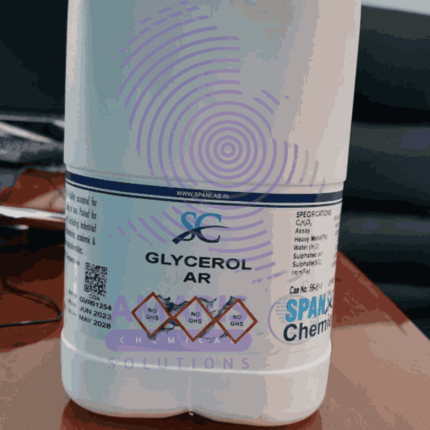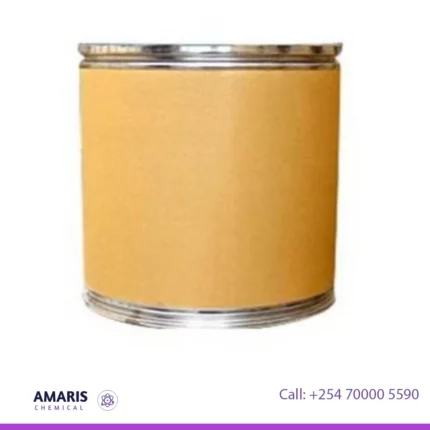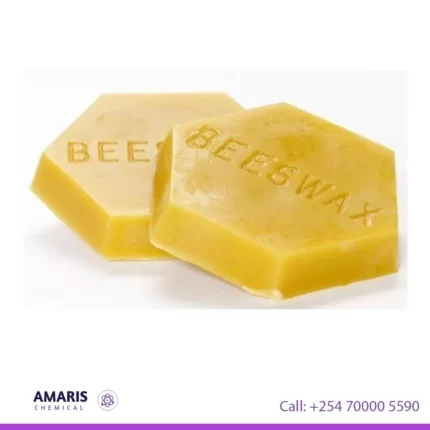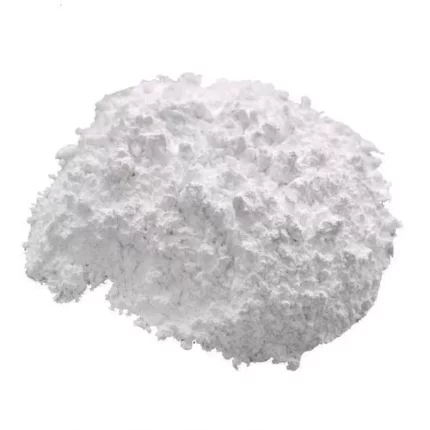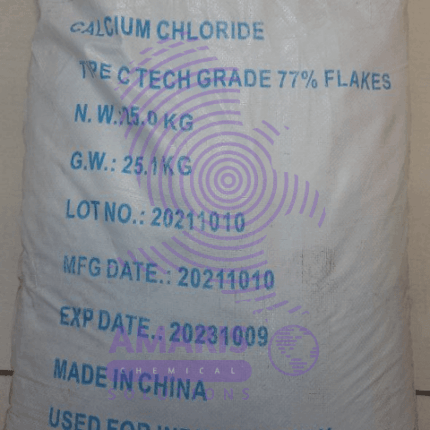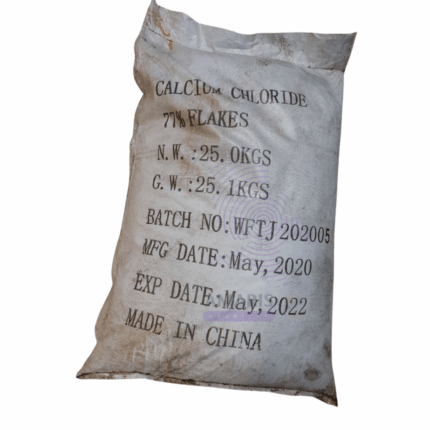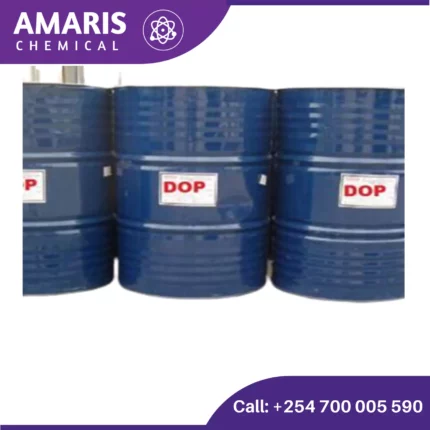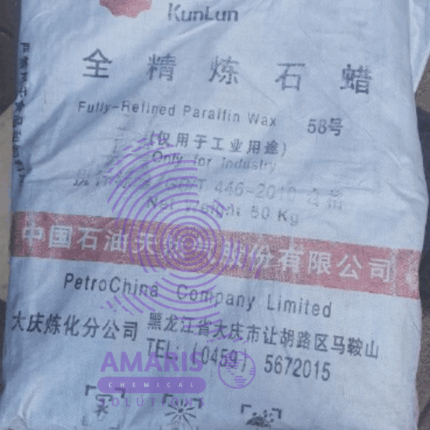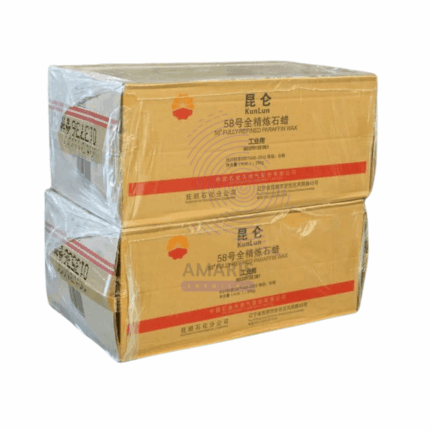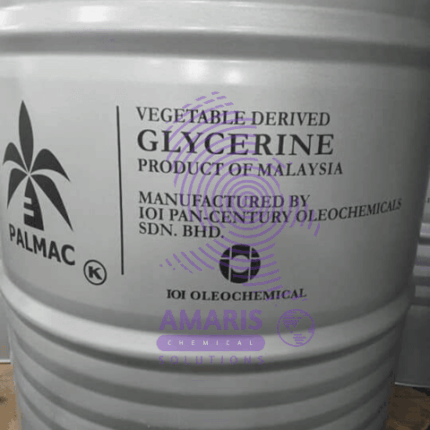
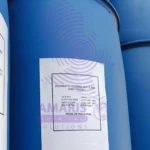
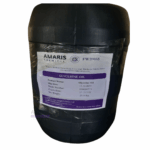
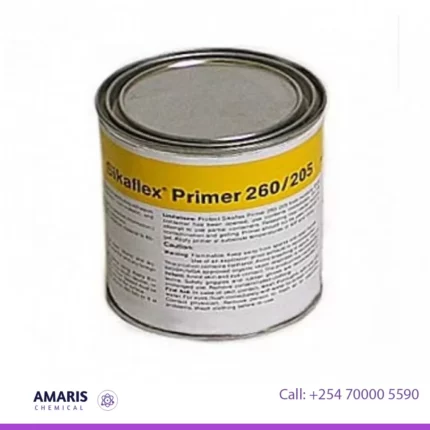
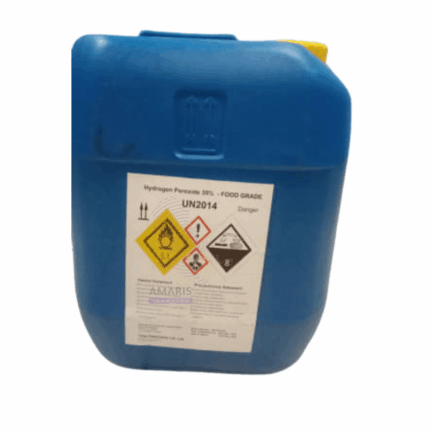
Glycerin USP
$56,000.00 Original price was: $56,000.00.$55,000.00Current price is: $55,000.00.
Glycerin USP, also known as glycerol, is a colorless, odorless, viscous liquid that is sweet-tasting and non-toxic. It is a type of alcohol with three hydroxyl (OH) groups, and is commonly used in various industries such as pharmaceuticals, cosmetics, food, and personal care products. Glycerin has numerous applications, including as a solvent, humectant, emollient, and lubricant, among others. It can be derived from both plant and animal sources, and is also produced as a byproduct of soap and biodiesel manufacturing.
Glycerin USP Uses
Primary Uses of Glycerin USP
These are applications where glycerin is intentionally added for its specific properties.
1. Pharmaceutical & Medical Applications
- Drug Solvent & Carrier– Dissolves active ingredients in syrups, tinctures, and oral solutions.
- Laxative (Suppositories & Enemas)– Hyperosmotic effect draws water into the colon to relieve constipation.
- Cough Syrups & Lozenges– Acts as a sweetener, humectant, and soothing agent.
- Topical Creams & Ointments– Prevents skin dryness in dermatological products (e.g., eczema creams).
- Ophthalmic Solutions– Used in lubricating eye drops for moisture retention.
- Vaccine Stabilizer– Protects proteins and live viruses in some vaccines.
- Capsule & Tablet Lubricant– Improves manufacturing flow and swallowing ease.
2. Cosmetic & Personal Care
- Humectant in Skincare– Retains moisture in lotions, serums, and facial creams.
- Toothpaste & Mouthwash– Prevents drying and enhances texture.
- Hair Conditioner– Reduces frizz and improves manageability.
- Soap & Shampoo Base– Enhances lather and prevents cracking.
3. Food & Supplements (Equivalent to Food Grade)
- Low-Glycemic Sweetener– Used in sugar-free and diabetic-friendly foods.
- Texture Modifier– Improves smoothness in protein bars, candies, and baked goods.
- Preservative– Extends shelf life by controlling water activity.
Secondary Uses of Glycerin USP
These are cases where glycerin is used in production but may not remain in the final product.
1. Pharmaceutical Manufacturing
- Excipient in Wet Granulation– Binds powders before tablet compression (often removed during drying).
- Coating Agent– Used in film-coating processes for pills (some may remain, but not always active).
- Cryoprotectant in Biologics– Protects cells during freeze-drying (removed in final formulation).
2. Food & Beverage Processing
- Fermentation Byproduct– Naturally occurs in wine, beer, and kombucha (not added intentionally).
- Extraction Solvent– Used to pull flavors/herbal compounds (e.g., vanilla, CBD) but filtered out later.
- Processing Lubricant– Helps in machinery but does not remain in the final food product.
3. Industrial & Lab Applications
- Laboratory Reagent– Used in chemical testing, not consumed.
- Temporary Antifreeze– For medical storage, not ingested.
- E-Liquid Base (VG – Vegetable Glycerin)– Used in vaping but not for oral consumption.
| APPEARANCE |
Syrupy/Thick – High viscosity e.g., glycerol |
|---|---|
| AVAILABLE GRADES |
FOOD GRADE ,USP GRADES |
| AVAILABLE PACK SIZE |
250kg ( Metal or Plastic drum) |
| COUNTRIES OF ORIGIN |
INDONESIA |
- Basic Identification Attributes
- Chemical Name (IUPAC): Propane-1,2,3-triol
- Common/Trade Name: Glycerin (USP), Glycerol
- CAS Number: [56-81-5]
- HS Code: 2905.45.00 (for glycerol and its derivatives)
- Molecular Formula: C₃H₈O₃
- Synonyms:
- 1,2,3-Propanetriol
- Vegetable glycerin
- Glyceritol
- Trihydroxypropane
- Physical & Chemical Properties
- Physical State: Clear, viscous liquid (hygroscopic)
- Color & Odor: Colorless; odorless (slight sweet taste)
- Boiling Point: 290°C (554°F) (with decomposition)
- Melting Point: 17.8°C (64°F) (may supercool)
- Density/Specific Gravity: 1.261 g/cm³ at 20°C
- Solubility:
- Miscible in water and alcohols (ethanol, methanol)
- Insoluble in nonpolar solvents (e.g., ether, hydrocarbons)
- pH Level: ~6–7 (neutral)
- Vapor Pressure: <0.001 mmHg at 25°C (low volatility)
- Flash Point: 160°C (320°F) (non-flammable under normal conditions)
- Autoignition Temperature: 370°C (698°F)
- Viscosity: 1.412 Pa·s at 20°C (highly viscous)
- Safety & Hazard Attributes
- Hazard Class (GHS): Generally non-hazardous; may be classified as:
- Eye Irritant (GHS Category 2B)
- Skin Irritant (mild, prolonged exposure)
- NFPA Ratings:
- Health: 1 (slight irritation)
- Flammability: 1 (requires preheating to burn)
- Reactivity: 0 (stable)
- Exposure Limits:
- OSHA PEL: Not established (low toxicity)
- ACGIH TLV: 10 mg/m³ (vapor/mist)
- Reactivity:
- Stable under normal conditions
- Incompatible with strong oxidizers (e.g., potassium permanganate, nitric acid)
- Storage & Handling Attributes
- Storage Conditions:
- Tightly sealed containers to prevent moisture absorption
- Room temperature (avoid freezing or excessive heat)
- Incompatible Materials:
- Strong oxidizing agents, acids (e.g., nitric acid)
- Container Type:
- Plastic (HDPE), glass, or stainless steel
- Shelf Life: Indefinite if stored properly (USP grade typically 2–5 years)
- Special Handling:
- Use gloves/eye protection if handling large quantities
- No fume hood required (low volatility)
- Regulatory & Compliance Attributes
- Regulatory Status:
- FDA: GRAS (Generally Recognized as Safe) for food/pharma (21 CFR 182.1320)
- EPA: Listed under TSCA (Toxic Substances Control Act)
- EU: Compliant with REACH, EC 231/2012
- Hazard Symbols (GHS): None (unless specified for industrial grades)
- Transportation Restrictions:
- UN Number: None (non-hazardous for transport)
- Packaging Group: Not regulated
- Waste Disposal:
- Dispose as non-hazardous waste (EPA/RCRA exempt)
- Environmental & Health Impact
- Ecotoxicity:
- Low toxicity to aquatic life (LC50 > 100 mg/L for fish)
- Persistence in Environment:
- Readily biodegradable (>60% in 28 days per OECD 301)
- Carcinogenicity/Mutagenicity:
- IARC: Not classified
- OSHA/NTP: No known carcinogenic effects
- Biodegradability:
- Fully biodegradable (aerobic/anaerobic conditions)
Personal Protective Equipment (PPE):
- Wear safety gogglesor a face shield to prevent eye contact.
- Use gloves(nitrile or rubber) to avoid prolonged skin exposure.
- Wear a lab coator protective clothing if handling large quantities.
Ventilation:
- Use in a well-ventilated areato avoid vapor accumulation (though glycerin has low volatility).
- If heating, ensure proper exhaust to prevent mist formation.
Handling & Storage:
- Store in tightly sealed containersaway from strong oxidizers (e.g., nitric acid, hydrogen peroxide).
- Keep away from heat sourcesand open flames (combustible at high temperatures).
- Avoid contact with strong acids or alkalis, which may cause decomposition.
Hygiene Measures:
- Wash hands thoroughly after handling.
- Do not eat, drink, or smoke while handling glycerin.
Inhalation:
- Unlikely(low volatility), but if mist or vapor is inhaled, move to fresh air.
- If breathing difficulties occur, seek medical attention.
Skin Contact:
- Wash affected area with soap and water.
- If irritation persists, seek medical advice.
Eye Contact:
- Rinse immediately with plenty of waterfor at least 15 minutes, lifting eyelids occasionally.
- Seek medical attention if irritation continues.
Ingestion:
- Rinse mouth with water.
- Do NOT induce vomiting(may cause nausea or diarrhea).
- Drink water to dilute; seek medical help if large amounts are ingested.
Flammability:
- Glycerin is combustibleat high temperatures (auto-ignition at ~370°C/698°F).
- Burns with a clean flame, producing carbon dioxide and water vapor.
Extinguishing Media:
- Use water spray, fog, foam, dry chemical (ABC powder), or CO₂
- For large fires, use water sprayto cool containers and prevent reignition.
Firefighting Precautions:
- Wear self-contained breathing apparatus (SCBA)due to potential smoke/irritants.
- Move containers away from fire if safe to do so.
- Avoid using high-pressure water jets, which can spread the fire.
Hazardous Combustion Products:
- May produce acrolein(toxic gas) if heated above 280°C (536°F).
- Ensure proper ventilation during firefighting.



 LABORATORY EQUIPMENT & APPARATUS
LABORATORY EQUIPMENT & APPARATUS
 Fertilizers
Fertilizers Plant Growth Regulators
Plant Growth Regulators Soil Conditioners
Soil Conditioners Animal Feed Additives
Animal Feed Additives Biostimulants
Biostimulants Dough Conditioners
Dough Conditioners Flour Treatments
Flour Treatments Fat Replacers
Fat Replacers Preservatives (baking)
Preservatives (baking)
 Surfactants (cleaning)
Surfactants (cleaning) Builders
Builders Bleaching Agents
Bleaching Agents Enzymes
Enzymes Solvents (cleaning)
Solvents (cleaning) Fragrances
Fragrances

